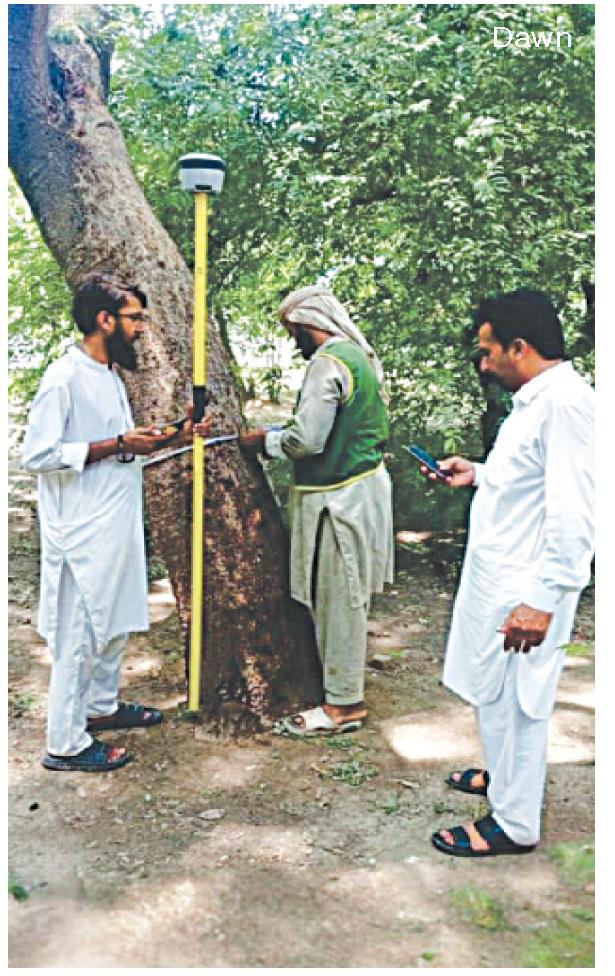Canal Road`s green cover digitally mapped
By Khalid Hasnain
2025-07-19
LAHORE: The first large-scale digital mapping of an urban green cover has been completed in Lahore, making the 24km-long stretch of Lahore`s Canal Road the largest urban green corridor.
The geotagging survey of the Lahore Canal Road (from Jinnah Bus Terminal, Thokar, to Harbanspura underpass) has been completed by the National Engineering Services Pakistan (Nespak).
The Punjab government had the survey conducted following the orders of the Lahore High Court in connection with the proposed Yellow Line metro project.
Under the project, nearly 1,400 mature trees would be cut down to create space for the dedicated metro line. However, the court had warned that no tree felling could be conceived in the feasibility report since it was prohibited under a number of orders passed by the court.
The court also ordered the Punjab`s Environment Protection Agency (EPA) not to consider the environment impact assessment (EIA) report of such projects unless it was prepared by an independent consultant having international standing.
According to Nespak, geotagging of 27,950 trees has been completed along the 24km long stretch of the Canal Road.Each tree`s species, height, girth, age and condition has been recorded during the survey. Dead trees have also been identified and marked. A digital dashboard has been developed to visualise and track the data.
`Besides the nearly 28,000 trees, 5,000 shrubs also exist at this green corridor, said an official source in Nespak.
According to Nespak Managing Director Zargham Eshaq Khan, the geotagging initiative involved precise identification of each tree using GPSenabled surveying equipment, with coordinates and tree-specific metadata integrated into a centralised GIS database. He said that this structured dataset enabled spatial analysis, monitoring, and provided a critical decisionmaking tool for authorities, urban foresters and environmental planners.
Strategically located, the Lahore Canal green belt functions as one of the city`s primary ecological corridors mitigating air pollution, regulating microclimate and enhancing urban biodiversity.
On the other hand, the civil society has warned the government to avoid launching anti-environment infrastructure projects and focus on the well-being of the public at large.
`Launching a transport infrastructure project at Canal Road is, in fact, an anti-public scheme, as it will deprive the public from the huge number of mature trees -nearly 1,400 reportedly. But despite knowing all this, the government continues moving forward by all means,` deplores Lahore Conservation Society President Dr Ajaz Anwar.
He said, `We will resist this project bylaunching protests in the near future. We will also knock the door of courts in a bid to stop the government.
To a question, Dr Anwar said, `Since public transport is available here, why is the government plan-ning such a huge and anti-environment project at this green corridor`.
It is pertinent to mention here that Punjab`s capital had already witnessed loss of thousands of trees in the past due to various infrastructure development projects.
The city lost over 2,100 trees due to three projects Rs2 billion Signal-Free Corridor Project (from Liberty roundabout to Shadman via Jail Road), over Rs160 billion Lahore Orange Line Metro Train Project and about Rs1.5 billion Canal Road Widening Project.
Moreover, uprooting of about 1,300 trees was also done for the Canal Road widening project in the past. Additionally, 120 trees were cut down for the Link Canal Road from Punjab University land to Kareem Block.




